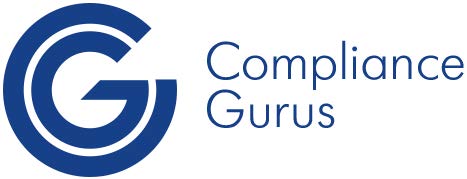In regulated industries, ensuring that computer systems perform reliably and as intended is critical. Traditionally, this has been achieved through Computer System Validation (CSV). However, a new, risk-based approach—Computer Software Assurance (CSA)—is emerging as a modern alternative.
But what exactly differentiates CSV from CSA? Are they replacing each other? And why is CSA
gaining traction now?
Let’s dive into the details.
What is Computer System Validation (CSV)?
Computer System Validation is a structured process used to ensure that computerized systems
perform as intended, consistently and reliably, and that they meet predefined specifications and
regulatory requirements—particularly in compliance with FDA 21 CFR Part 11, EU Annex 11,
and GxP principles.
Key Characteristics:
Emphasizes documentation to demonstrate compliance
Requires extensive testing and protocols
Focuses on proving that every system requirement is met through evidence
Often results in voluminous validation documentation
Common Challenges:
Highly time-consuming and resource-intensive
Can lead to “check-the-box” behavior instead of meaningful risk mitigation
Slows down innovation and implementation of new technologies
Computer Software Assurance is a newer, risk-based approach proposed by the FDA
(specifically for non-product, low-risk software) that shifts the focus from heavy documentation
to assurance through critical thinking and actual software performance.
Key Characteristics:
Focuses on risk-based decision-making
Encourages streamlined testing based on software impact
Promotes agile, flexible validation for modern development environments
Endorses unscripted or exploratory testing where appropriate
Why It Matters:
CSA aims to make validation faster, smarter, and more aligned with real-world software use,
ultimately allowing companies to adopt innovation more quickly while maintaining
compliance.
Feature CSV CSA
Approach Documentation-driven Risk-based and performance-driven
Testing Focus Extensive, scripted testing Fit-for-purpose, risk-prioritized testing
Documentation Comprehensive and
standardized Lean, focused on critical records
Regulatory
Compliance
Heavily tied to traditional
interpretation Aligned with FDA’s evolving guidance
Agility Low—heavy process burden High—supports modern SDLC (Agile,
DevOps)
Primary Goal Prove compliance Demonstrate system/software
assurance
Tools and Innovation Often discourages change Encourages adoption of modern tools
Why the Shift Toward CSA?
The FDA recognized that traditional CSV was slowing innovation and creating a culture of
excessive documentation. With technologies evolving rapidly—especially in cloud computing,
automation, and AI—regulators needed a more practical and scalable approach.
CSA aims to:
Improve product quality
Accelerate time-to-market
Reduce compliance burdens
Encourage digital transformation
When to Use CSV vs. CSA
Scenario Recommended Approach
Validating a legacy system under strict compliance rules CSV
Implementing cloud-based ERP or quality management tools CSA
Testing non-product software (e.g., scheduling, training
systems) CSA
Validating custom-built laboratory software CSV or CSA, depending on
risk
Adopting AI or machine learning-based tools CSA (preferred for flexibility)
Conclusion
While CSV remains essential for certain high-risk systems—especially those directly impacting
patient safety or product quality—CSA represents a much-needed evolution for validating low-
to medium-risk software systems.
By shifting the focus from “documentation for documentation’s sake” to real software
assurance, organizations can save time, reduce cost, and drive innovation, all while staying
compliant.
As regulatory guidance continues to evolve, understanding and adopting CSA principles will be
key to staying ahead in highly regulated environments.
Tip: If you’re planning a digital transformation initiative, consider starting with a CSA mindset.
It could unlock faster deployment, smarter testing, and stronger compliance.








